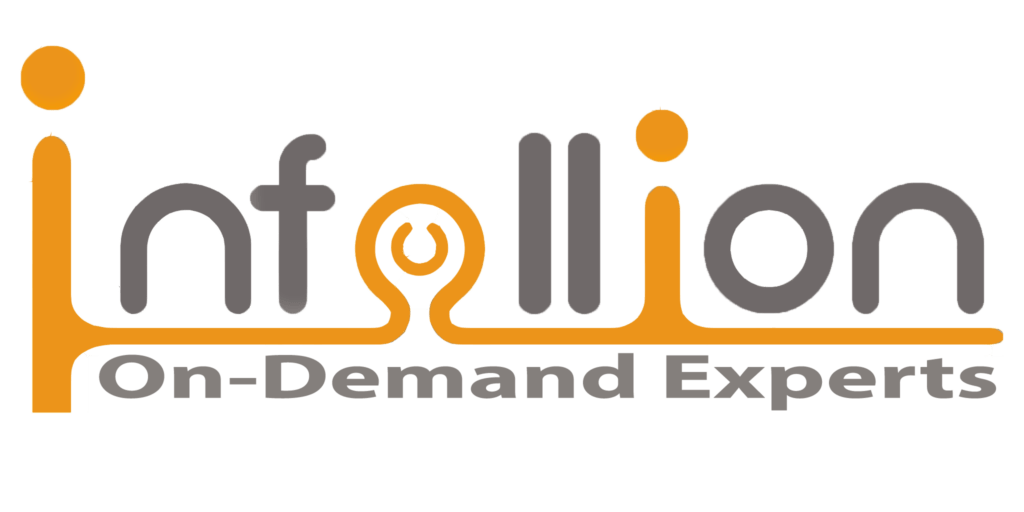Program Overview
This practical, insights-driven program empowers demand planners, supply chain professionals, and category managers to improve forecasting accuracy using a blend of quantitative techniques (like time-series models, regression, and moving averages) and qualitative methods (like expert judgment, market intelligence, and collaborative inputs). The course balances forecasting theory with real-world applications — teaching participants how to interpret data trends, choose the right model for the context, and integrate inputs across functions. Simulations and use-case walkthroughs help reinforce concepts like forecast bias, error metrics, seasonality, and demand sensing.
Features
- Apply core quantitative models (MA, exponential smoothing, regression) to real data sets.
- Use qualitative tools like expert panels, market mapping, and Delphi techniques to enrich forecasts.
- Evaluate forecast accuracy using metrics like MAPE, Bias %, and MAD.
- Integrate multiple inputs into a collaborative forecast to drive S&OP alignment.
Target audiences
- S&OP Teams
- Category Managers
- Sales Operations Professionals
- Supply Chain Analysts
Curriculum
- 5 Sections
- 25 Lessons
- 2 Days
Expand all sectionsCollapse all sections
- Role of Forecasting in SCM5
- 1.1Concepts: Forecast Accuracy, Bias, Error Metrics
- 1.2Keywords: MAPE, MAD, Forecast Value Add (FVA), Demand Sensing
- 1.3Situational Focus: Misalignment between sales forecast and supply plan
- 1.4Real-life Insight: High forecast error led to dead stock accumulation
- 1.5Exercise: Forecast accuracy vs bias heatmap analysis
- Time-Series Quantitative Forecasting5
- 2.1Concepts: Moving Average, Exponential Smoothing, Trend/Seasonality
- 2.2Keywords: Holt-Winters, Decomposition, Smoothing Constants
- 2.3Situational Focus: Seasonal SKU demand forecasting for apparel
- 2.4Real-life Insight: Retail chain using 3-model hybrid for monthly planning
- 2.5Exercise: Excel-based forecast using 3 time-series models on sales data
- Causal & Statistical Methods5
- 3.1Concepts: Regression, Correlation, External Drivers
- 3.2Keywords: Multivariate Forecasting, Lag Effects, Leading Indicators
- 3.3Situational Focus: Weather-driven or promotion-driven demand
- 3.4Real-life Insight: Beverage brand’s forecast improvement using rainfall index
- 3.5Exercise: Run a simple regression forecast in Excel using macroeconomic drivers
- Qualitative & Consensus Forecasting5
- 4.1Concepts: Sales Judgement, Delphi, Historical Override, Consensus Process
- 4.2Keywords: S&OP, Bottom-up/Top-down Alignment, Collaborative Forecasting
- 4.3Situational Focus: Skewed forecast due to sales optimism bias
- 4.4Real-life Insight: Chemicals firm aligning forecast with distributor inputs
- 4.5Exercise: Cross-functional forecast reconciliation role-play
- Forecasting Under Uncertainty & Events5
- 5.1Concepts: Outliers, New Product Forecasting, Scenario-based Forecasts
- 5.2Keywords: Market Disruption, Black Swan, Demand Shaping
- 5.3Situational Focus: Pandemic-like demand disruption planning
- 5.4Real-life Insight: Scenario forecasts helped a pharma firm plan for 3 demand tiers
- 5.5Exercise: Demand shock simulation & response modelling







